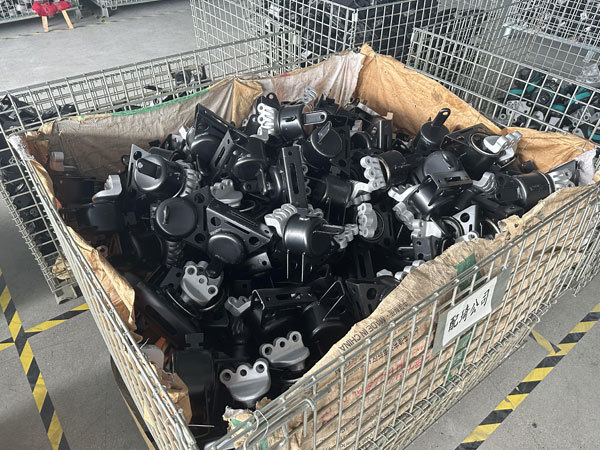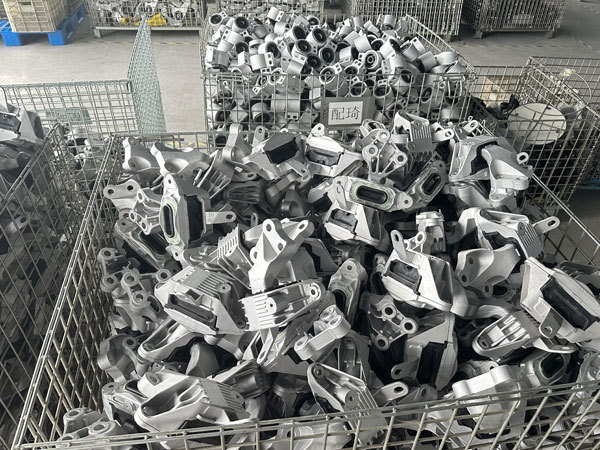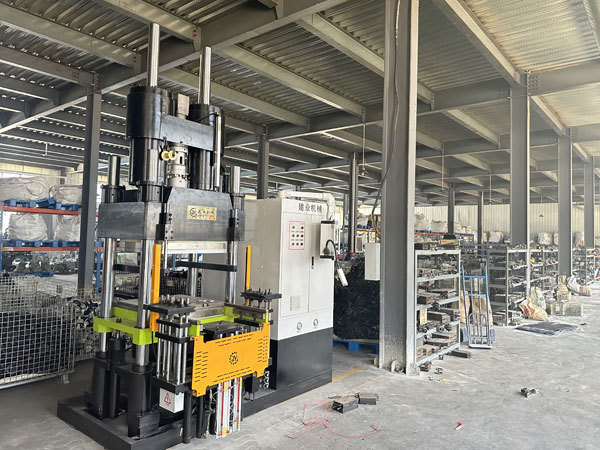Shock absorber strut bracket FAQ
17 Feb,2025

**Shock absorber strut bracket FAQ**
When it comes to car maintenance and repairs, shock absorbers and their mounts are essential components to ensure a smooth and safe ride. In this article, we will answer frequently asked questions about shock absorbers and their mounts, to provide a deeper understanding of their function and importance.
**What is a shock absorber strut bracket?**
A shock absorber strut bracket is a part of a car’s suspension system that attaches the shock absorber to the chassis. This component is crucial for holding the shock absorber in place and absorbing impacts from the road. Without a properly functioning mount, the shock absorber cannot do its job effectively, which can lead to an unpleasant driving experience and increased wear on other parts of the car.
**What are the symptoms that indicate that the strut bracket needs to be replaced?**
There are several symptoms that can indicate that a shock absorber strut bracket is damaged or worn. Some of the most common signs include:
- Unusual noises: A creaking or scraping sound coming from the suspension system could indicate a damaged mount.
- Poor handling: If your car feels unstable or difficult to steer, it could be due to a problem with the shock absorber mount.
- Uneven tire wear: If your tires are wearing unevenly, it could be a sign that the shock absorber is malfunctioning due to a faulty mount.
If you experience any of these symptoms, it is important to have your car checked by a professional mechanic.
**How often should strut brackets be checked?**
It is recommended that shock absorbers and their mounts be checked regularly, especially during routine inspections or when you change tires. In general, you should check them every 20,000 to 30,000 kilometers, but if you drive in harsh conditions, such as on poor roads or in extreme weather, it may be wise to do this more often.
**Can I replace a strut bracket myself?**
Replacing a shock absorber strut bracket can be a challenging task and requires some mechanical knowledge and the right tools. If you have experience with car repairs, you can do it yourself, but for most people, it is recommended to hire a professional mechanic. An incorrect installation can lead to further problems and potentially dangerous situations down the road.
**How much does it cost to replace a strut bracket?**
The cost of replacing a shock absorber strut bracket varies depending on the car model, labor costs, and whether you choose to use original or aftermarket parts. Generally, you can expect to pay between 1,500 and 4,000 kronor for parts and labor. It is always a good idea to get quotes from several repair shops before making a decision.
**What materials are used for strut brackets?**
Shock absorber strut brackets are most often made of metal, usually steel or aluminum. Steel is strong and durable, making it a common choice for many vehicles. Aluminum is lighter and can help reduce the overall weight of your vehicle, but it can be less durable under certain conditions. It is important to choose a mount that is suitable for your vehicle’s specifications and driving conditions.
**Can a damaged strut bracket affect other parts of your vehicle?**
Yes, a damaged or worn shock absorber strut bracket can affect other parts of your vehicle. If the bracket is not working properly, it can lead to increased wear on the shock absorbers, springs, and even the tires and suspension. This can in turn cause costly repairs and affect the performance and safety of your vehicle.
**Summary**
Shock absorbers and their mounts play a crucial role in your vehicle’s suspension system and safety. By understanding their function and recognizing the signs of wear, you can ensure that your vehicle remains in good condition. Regular maintenance and inspection are key to avoiding expensive repairs and ensuring a safe driving experience. If you have any further questions about shock absorber strut brackets, do not hesitate to contact a professional mechanic for advice and assistance.
TAG:
Previous:
Related Posts
Engine bracket product features


